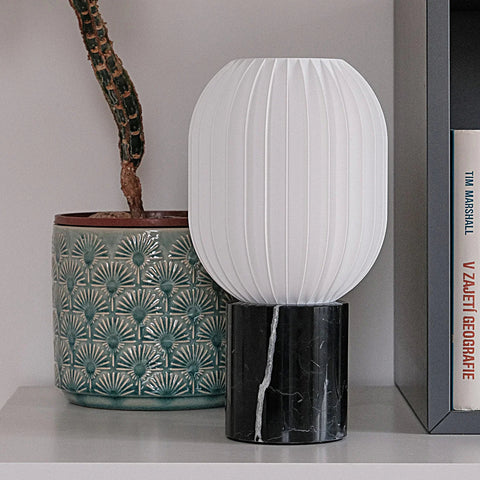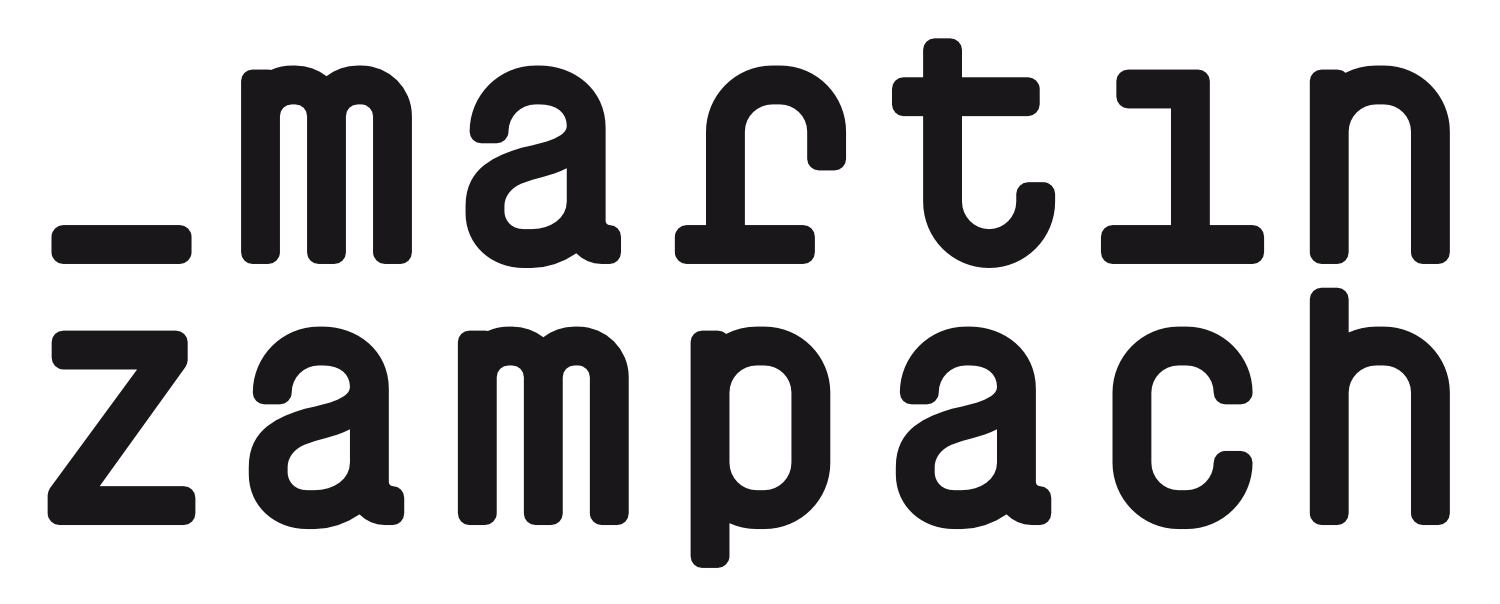
Distribuovaný design: Nová éra inovací a přístupnosti
Distribuovaný design způsobuje revoluci ve způsobu, jakým se produkty vytvářejí, sdílejí a vyrábějí. Decentralizací tradičního procesu vývoje produktů využívá distribuovaný design sílu digitálních technologií k vytvoření dostupnější, kolaborativní a udržitelnější budoucnosti – a 3D tisk je jeho jádrem. Tento přístup nejen posiluje designéry, ale také poskytuje spotřebitelům nebývalý přístup k inovativním produktům a vytváří tak globální síť kreativity a výroby.
Co je distribuovaný návrh?
Distribuovaný design je přístup k vývoji produktů, který se odklání od centralizované výroby. Místo výroby zboží na jednom místě a jeho expedice do celého světa jsou návrhy sdíleny digitálně a vyráběny lokálně, často s využitím technologií, jako je 3D tisk, frézování nebo laserové řezání.
Tento koncept demokratizuje přístup k designu tím, že umožňuje jednotlivcům i firmám stahovat soubory a vyrábět položky na vyžádání. Eliminuje geografické hranice, snižuje dopad na životní prostředí minimalizací nákladů na dopravu a umožňuje vysoce přizpůsobitelné produkty, které uspokojí místní potřeby.
Role 3D tisku v distribuovaném designu
3D tisk – neboli aditivní výroba – je přirozeným řešením pro distribuovaný design. Díky 3D tisku může kdokoli s přístupem k tiskárně převést digitální soubor na fyzický objekt. Tato kombinace technologie a designu umožňuje:
-
Rychlé prototypování : Návrháři mohou rychle iterovat, testovat nápady a zdokonalovat produkty bez drahých nástrojů nebo dlouhých dodacích lhůt.
-
Globální škálování, lokální výroba : Digitální soubory lze sdílet napříč platformami, jako jsou Thangs, Cults a Cubee, což spotřebitelům umožňuje vyrábět položky lokálně pomocí vlastních 3D tiskáren nebo tiskových služeb v okolí.
-
Možnost přizpůsobení : Na rozdíl od tradiční hromadné výroby umožňuje 3D tisk přizpůsobení. Spotřebitelé si mohou upravit rozměry, vlastnosti nebo estetiku podle svých preferencí nebo potřeb.
-
Podpora udržitelnosti : Distribuovaný design snižuje nadprodukci výrobou zboží na zakázku a v kombinaci s recyklovanými materiály dále minimalizuje dopad na životní prostředí.
Platformy podporující distribuovaný design
Objevilo se několik platforem, které podporují distribuovaný návrh a zpřístupňují 3D tisk:
-
Thangs : Centrum pro sdílení bezplatných i placených 3D modelů v rámci členských plánů. Designéři mohou zpřístupnit svá díla pro osobní i komerční použití, což umožňuje amatérům a tvůrcům vdechnout život inovativním návrhům.
-
Cults 3D : Tržiště pro bezplatné i prémiové 3D návrhy. Designéři mohou zpeněžit svou práci a zároveň podporovat komunitu sdílené kreativity.
-
Cubee 3D : Platforma zaměřená na komerční využití, která umožňuje návrhářům licencovat své soubory pro profesionální aplikace, včetně výroby produktů a maloobchodu.
-
Printables.com : Printables.com, vyvinutý společností Prusa, nabízí rozsáhlou knihovnu bezplatných 3D modelů a podporuje komunitu tvůrců, kteří sdílejí a spolupracují na návrzích, což z něj činí oblíbenou stránku mezi amatéry i profesionály.
Přispíváním na tyto platformy mohou designéři rozšířit svůj dosah a spojit se s globálním publikem, zatímco koncoví uživatelé získají přístup k množství kreativních, praktických a inovativních návrhů.
Výhody distribuovaného návrhu
-
Přístupnost : Distribuovaný design otevírá svět výroby komukoli s přístupem k 3D tiskárně a demokratizuje tak výrobu.
-
Spolupráce : Digitálním sdílením návrhů mohou tvůrci spolupracovat napříč hranicemi a obory, což podporuje inovace.
-
Udržitelnost : Místní produkce snižuje emise z lodní dopravy a používání recyklovaných materiálů je v souladu s environmentálními cíli.
-
Ekonomické příležitosti : Designéři mohou zpeněžit své dovednosti tím, že nabídnou svou práci k prodeji nebo licencování prostřednictvím platforem, čímž vytvářejí nové zdroje příjmů.
Výzvy a příležitosti
Distribuovaný design sice nabízí obrovský potenciál, ale není bez problémů. Ochrana duševního vlastnictví (IP) zůstává problémem, protože sdílení digitálních souborů zvyšuje riziko neoprávněného použití. Designéři si musí pečlivě vybírat licenční modely, aby chránili svou práci a zároveň umožnili její sdílení.
Je tu také otázka dostupnosti materiálů a standardizace. Zajištění přístupu k vysoce kvalitním a udržitelným materiálům pro 3D tisk je klíčové pro úspěch distribuovaného designu.
Tyto výzvy však představují příležitosti pro inovace. Technologie blockchain by například mohla poskytnout bezpečné způsoby sledování a licencování digitálních návrhů. Pokroky v materiálové vědě by mohly vést k dostupnějším, vysoce výkonným a ekologičtějším tiskovým materiálům.
Vize do budoucna
Jako vášnivý zastánce distribuovaného designu a udržitelného 3D tisku vaše příspěvky pro platformy jako Thangs , Cults 3D , Cubee 3D a další ukazují, jak mohou designéři toto hnutí využít k tomu, aby jejich práce byla přístupná a měla dopad. Sdílení návrhů pro osobní potřebu posiluje amatéry a podporuje kreativitu, zatímco komerční licencování návrhů zajišťuje ekonomickou životaschopnost a podporuje profesionální využití.
Budoucnost distribuovaného designu pro 3D tisk spočívá ve spolupráci, inovacích a udržitelnosti. Přijetím tohoto přístupu můžeme vytvořit globální síť tvůrců a spotřebitelů, které spojuje společná vize dostupnosti, kreativity a environmentální odpovědnosti.
Ať už jste designér, který se chce podělit o svou práci, nebo někdo, kdo je vášnivým tvorbou personalizovaných, lokálně vyráběných produktů, distribuovaný design nabízí cestu k přehodnocení způsobu, jakým tvoříme a konzumujeme. Není to jen trend – je to paradigmatický posun v tom, jak přemýšlíme o designu a výrobě.
